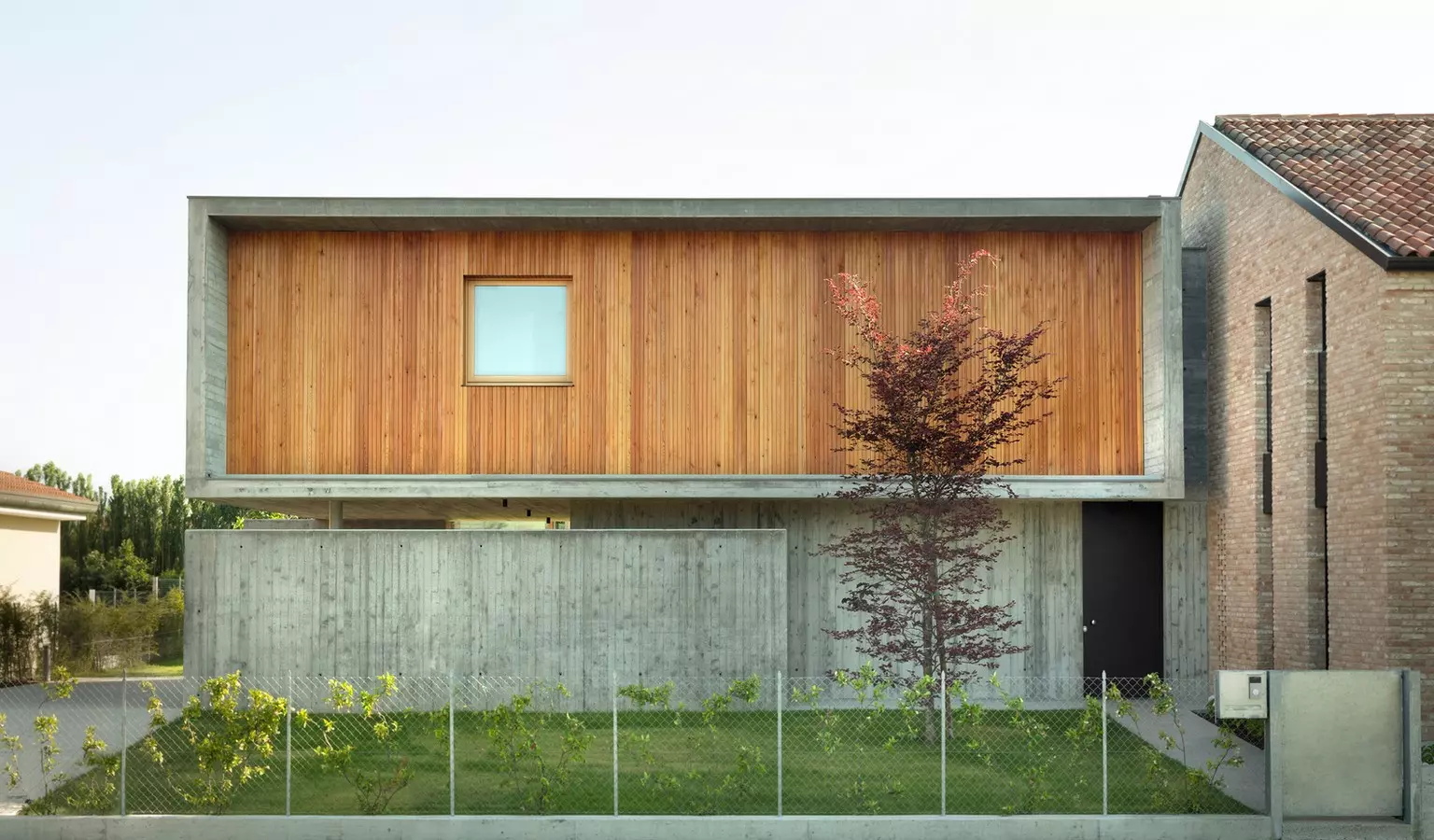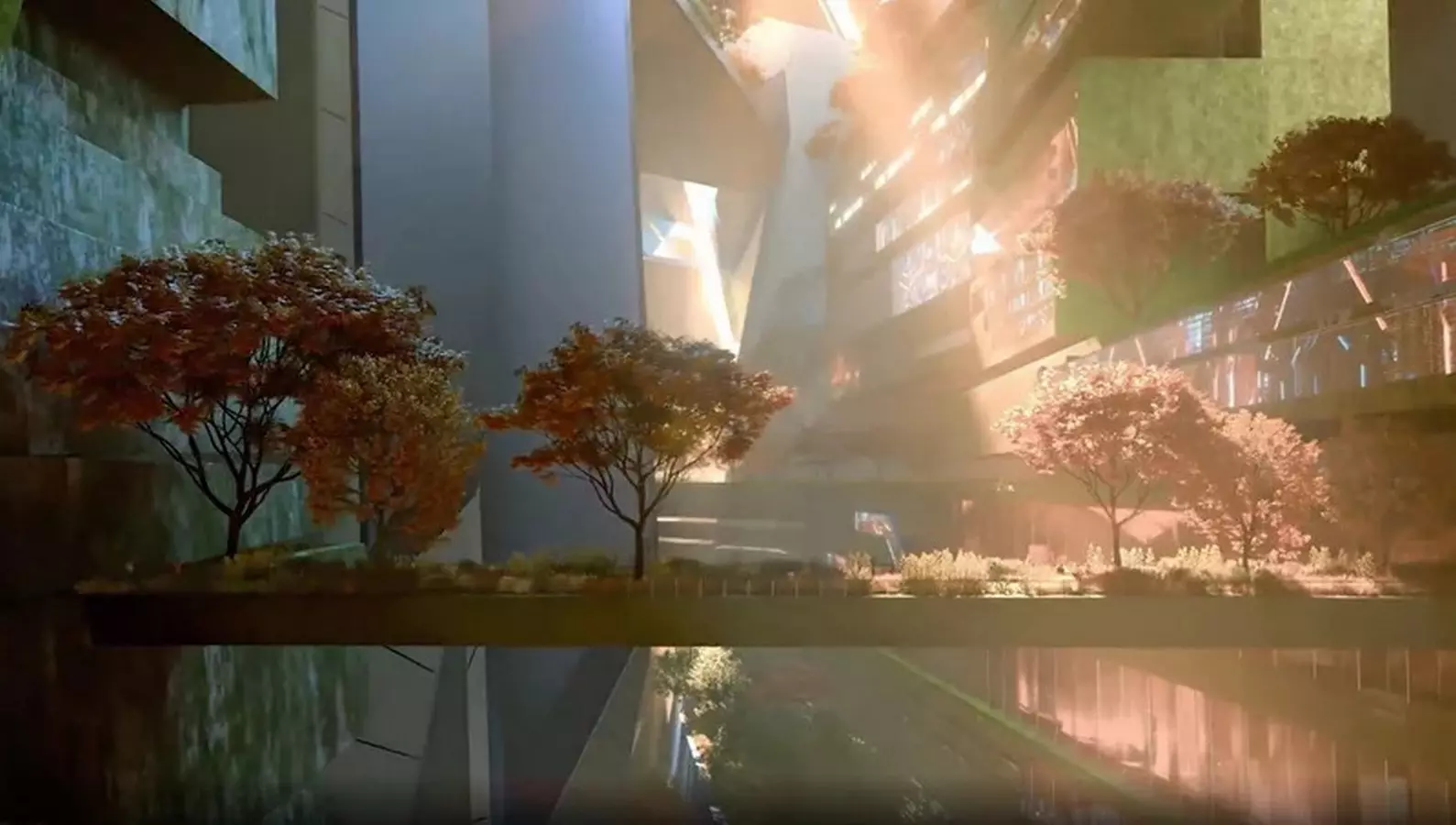Over the centuries, architecture has evolved and given rise to various typologies. Among these typologies, residential architecture has emerged as the most significant. From caves to modern cities, the concept of a home has always remained essential to humanity. In this article, we will explore the journey of residential architecture, its typologies, and even catch a glimpse of a futuristic concept called "The Line" in Saudi Arabia.
The Emergence of Residential Architecture
 Reconstruction of ancient human in the Lazaret Cave, France. (Pay attention to the location of the hearth)_©De Lumley, M. A.
Reconstruction of ancient human in the Lazaret Cave, France. (Pay attention to the location of the hearth)_©De Lumley, M. A.
Although the term "residence" did not exist in ancient times, our ancestors sought shelter in caves during the Stone and Ice Ages. These caves provided security, warmth, and protection from the wilderness. The first residential models ever created by humans were these caves, where they lit fires for warmth and sustenance. This marked the beginning of residential architecture.
Residential Architecture in the Modern World
 Residential architecture - Falling Waters by Frank Lloyd Wright_©Keystone State Photographer
Residential architecture - Falling Waters by Frank Lloyd Wright_©Keystone State Photographer
Fast forward to the modern world, residential architecture has witnessed significant changes since the end of World War II. People started taking an interest in the architectural styles of structures in their cities and regions. Residential design became a focal point for architects, and renowned figures like Frank Lloyd Wright emerged, known for their innovative and unique home designs.
The Process of Designing Residences
 Residential Drawings_©Courtesy of Civil+Structure media
Residential Drawings_©Courtesy of Civil+Structure media
Residential architecture involves the planning and construction of livable and secure dwellings. Residential architects consider building rules, safety, and functional aspects like floor plans and outlet placement. Each homeowner has different demands and preferences, which architects must interpret to create their ideal homes. Aesthetic considerations are also crucial, as architects blend natural lines and inspire designs to create visually pleasing structures that homeowners will love.
The Different Typologies of Residential Architecture
 Villa FG designed by depaolidefranceschibaldan architetti_©Karina Castro Fotografía
Villa FG designed by depaolidefranceschibaldan architetti_©Karina Castro Fotografía
Residential architecture encompasses various typologies. Here are a few examples:
- Individual houses or private dwellings: These houses are typically owned by a single family, but multiple families may also reside in larger structures.
- Apartments: A living space within a larger building, apartments are a common choice in cities where owning separate houses is costly.
- Hotels: Offering short-term paid lodging, hotels provide a temporary home-like experience to guests.
- Dormitories and Hostels: These cater to individuals seeking affordable, temporary stays or students in need of shared living spaces.
The Future of Dwelling: "The Line" in Saudi Arabia
 The Line, Saudi Arabia (A vision)_©Courtesy of NEOM
The Line, Saudi Arabia (A vision)_©Courtesy of NEOM
Looking towards the future, a visionary concept called "The Line" in Saudi Arabia showcases how housing could change in the coming years. The Line is a planned smart linear metropolis that aims to be environmentally friendly, with no streets, cars, or carbon emissions. It is part of the Saudi Vision 2030 project and envisions a city powered entirely by renewable energy.
As humans, we have the ability to evolve rapidly, and our approach to housing will continue to change. The Line is just one example of how architecture and residential living might transform in the future, shaping the way we experience our homes.
In conclusion, residential architecture has evolved from primitive caves to sophisticated cities. It involves the process of designing homes that meet the unique needs and preferences of homeowners. As we look ahead, concepts like "The Line" in Saudi Arabia give us a glimpse of the possibilities for the future of residential architecture. The spaces we call home will continue to evolve and adapt to our changing world.









